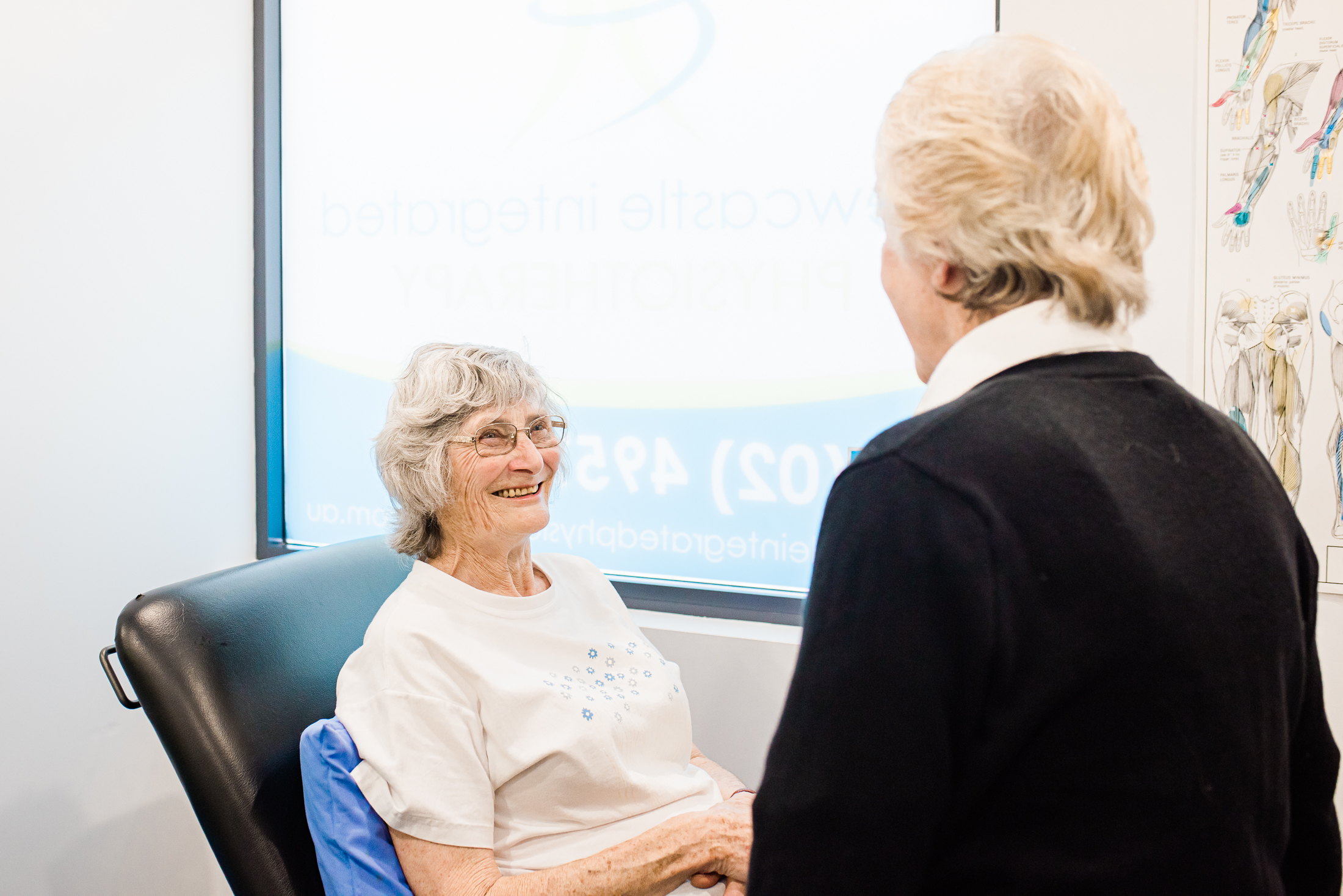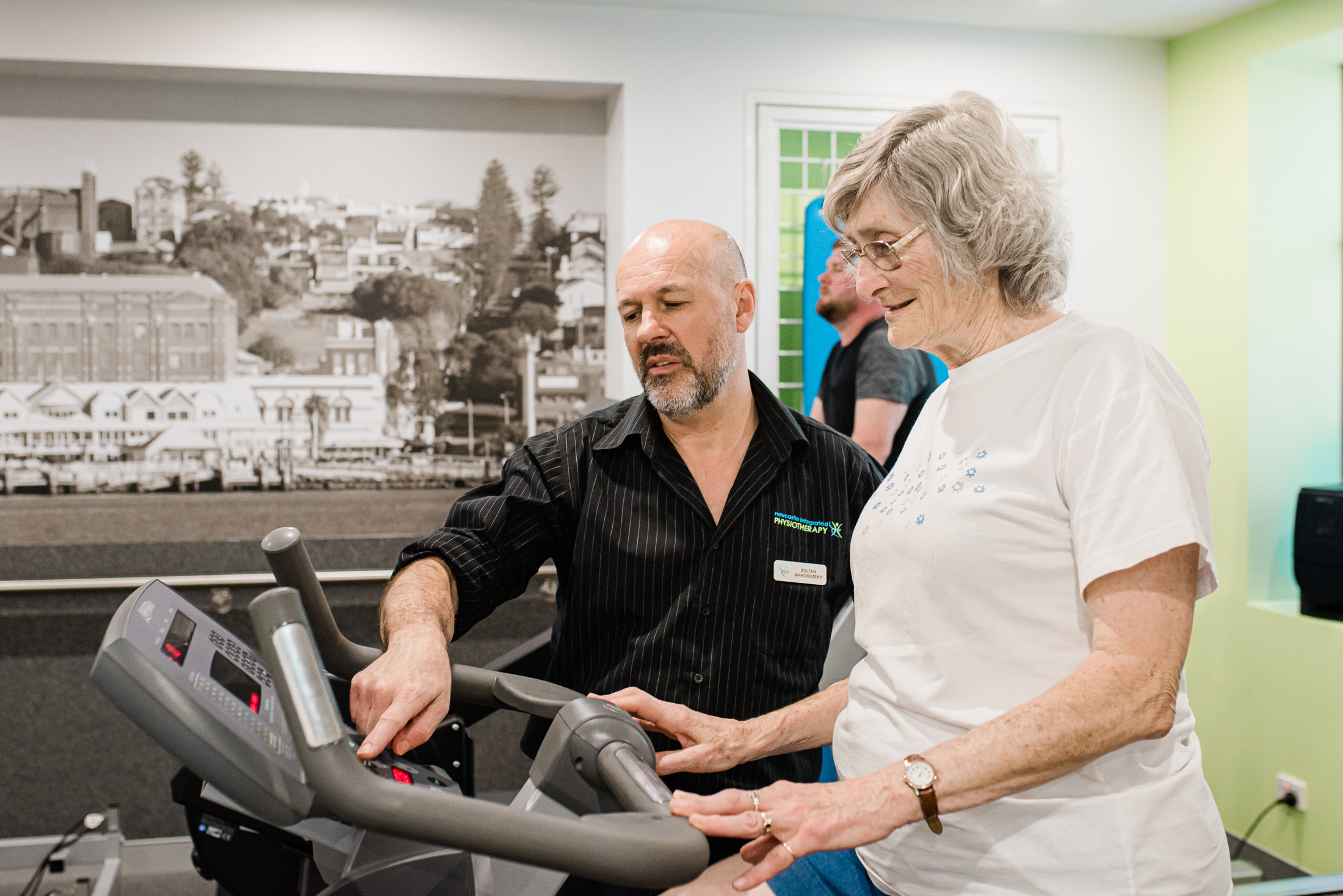With a lot of us sitting down more than usual, or not being as active as we’d like to be, muscle tension is becoming increasingly common. If you suffer from muscle soreness or tightness, you should definitely integrate foam rolling into your daily routine.
Foam rolling is a form of self-massage that will reduce muscle soreness and improve your flexibility and range of motion.
Foam rolling is generally done before and after a workout, but we recommend doing it daily or whenever you’re feeling particularly sore.
The benefits of foam rolling
As mentioned, foam rolling will reduce muscle soreness and tension. Foam rolling does this by breaking up built-up scar tissue, as well as increasing the amount of blood flowing to your muscles, in turn increasing the amount of nutrients and oxygen reaching them.
Foam rolling will increase your range of motion. Poor mobility is often linked to shortened muscles, which you may know as “knots”. Foam rolling will lengthen these muscles and develop your mobility. Increased mobility also enhances muscular performance, increasing your power and strength.
Choosing a foam roller
Foam rollers come in a variety of shapes, sizes, and can be made from a range of different materials. If you’re new to foam rolling, we recommend starting with a smooth roller as opposed to a textured one as it won’t be as intense on your body (they are generally more affordable as well). Textured rollers are designed to work deeper in your muscles, working out tensions and tough knots.
Massage balls and sticks can also be used to target specific areas and address knots and tension.
We have a range of self-massage tools available and are always happy to talk you through any questions and concerns you may have.
Foam rolling at home
If you have a muscle tear or break, we recommend that you come see us so we can assess your condition before clearing you to start foam rolling. It’s also important to speak to a doctor before foam rolling if you’re pregnant, as it can be dangerous and may even cause premature labour if you’re in your third trimester.
Avoid rolling over small joints including your knees, elbows, and ankles as this can cause hyperextension. When you first start foam rolling, roll tender areas for around 10 seconds. Once your body becomes more used to foam rolling, you’ll be able to roll for 30 to 60 seconds. You should also start rolling with low pressure, and if you’re working on a particularly tender area, try and shift your weight to another part of your body so you’re not pressing too hard on the foam roller. A simple foam rolling routine includes rolling out your calves, quads, glutes, upper back, and lateral muscles.
So, whether you’d like to try a new warm-up and cool-down routine, or you just need some relief after a day of sitting at your desk, foam rolling is worth giving a go at home.


